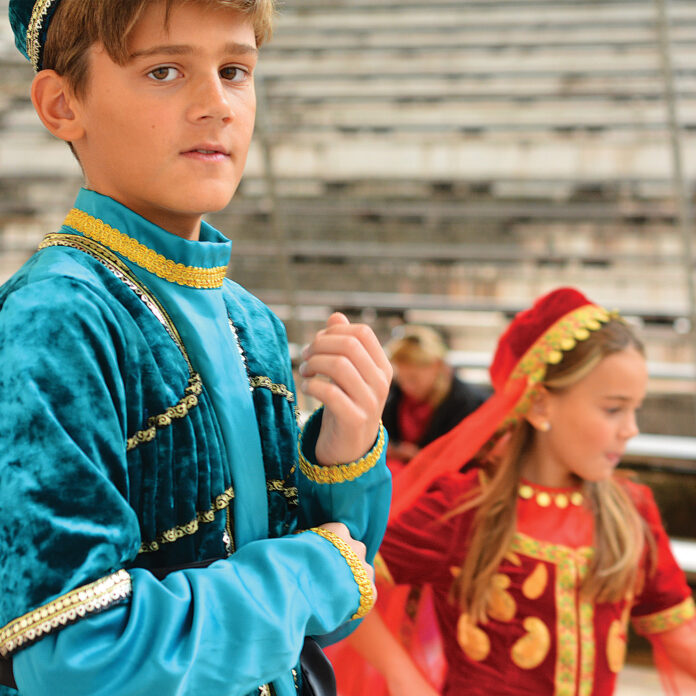Azerbaijan has ethnically diverse population, with representatives of over 100 ethnos living in country
Spokesman Report
Azerbaijan has an ethnically diverse population, with representatives of more than 100 ethnos living in the country.The territorial unity, similar socio-economic, geographical and historical conditions have led to the formation of the common features of life and culture, customs and traditions of Azerbaijanis and small peoples.
In Azerbaijan, representatives of all nationalities, small peoples, ethnic minorities and ethnic groups live together in harmony, in the spirit of mutual understanding and respect.
The Tats, Talyshs, Kurds, Mountain Jews belonging to the Iranian languages group of the Indo-European family of languages, the Lezgins, Avars, Udis, Tsakhurs, belonging to the Avar-Ando-Tsez subgroup of the East Caucasian (Dagestani) group of the Caucasian family of languages, the peoples of “Shahdag group” (Khinalig, budug, Kryz), the Ingiloys belonging to the Kartvelian group of the Caucasian languages family and speaking on an Ingiloy dialect of Georgian language, live here.
The common and peculiar features of traditional life and culture of the peoples living in Azerbaijan are in close unity and complement each other. At the same time, each person, irrespective of the number of his representatives, has a specific and local culture.
Avars mainly live in the Balakan and Zagatala districts of Azerbaijan. According to a number of authors, the “Didoys” mentioned in the works of famous Roman author, naturalist and natural philosopher Gaius Plinius were the ancestors of modern Avars.
The Avars came to Azerbaijan from Dagestan in the 15th-17th centuries. They speak the Ansukh dialect of Avar language. They are Muslims. Traditional occupations of Avars are agriculture, cattle breeding and workmanship.
The Avar language, mainly spoken in the territory of Zagatala and Balakan districts, also belongs to the Avar-Ando-Didoy subgroup of the Dagestan language group of the North Caucasian language family.
The Avars did not forget their own old trade, and have maintained the traditions of gunsmithing, coppersmithing, saddle-making and carpet weaving crafts with care.
The Avars living in Azerbaijan have maintained their language and customs and traditions up to the present. The Avar language, which is ascribed to the Nakh-Dagestan group of the Cau¬casian languages, is subdivided into a great number of dialects and subdialects. The Avars living in Azerbaijan speak the Zagatala dialect.
The Avar people have centuries old rich customs and traditions. They have unparalleled folklore, music, and decorative crafts. And this uniqueness is displayed more vividly in public festivities.
The common Caucasian features of the national costume are characteristic to the Avars too. The Avar women’s headgear is large, they would wear a silver bow, also head decorations with silver and gold coins hanging from them. Whereas, men would walk with a charkazi Caucasian coat on and wear weapons with delicate inscriptions on them. The traditional male costume of the Avars used to consist of a shirt with a high collar, trousers, Caucasian coat, headgear, fur coat, conus-shaped or semi-secular cap of sheep skin, in winter – high boots of leather or pelt, and in summer – a soft pair of bast shoes or sandals. Up to the 1930s, the Avar women’s clothes consisted of long, straightly cut shirt-like kunta (dress), khabat (tight, straight and long trousers), garakhuni (apron) and vest. On their clothes, the Avar women would wear a patterned belt made of fabric, leather or metal.
Today favourable conditions have been created to maintain and develop the ethnic identity of the Avars, like any other peoples in Azerbaijan.



